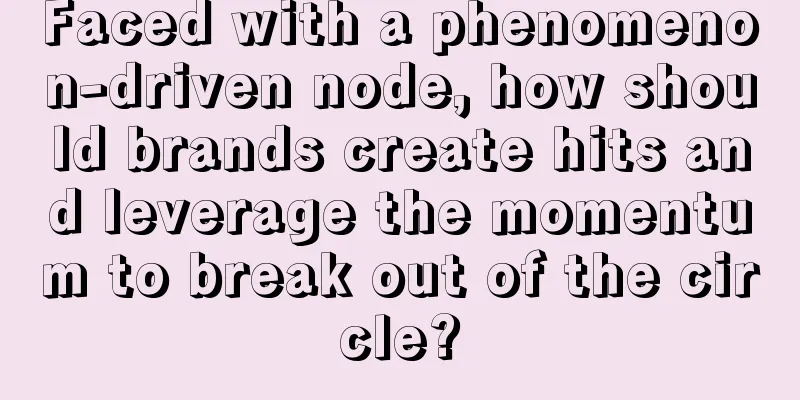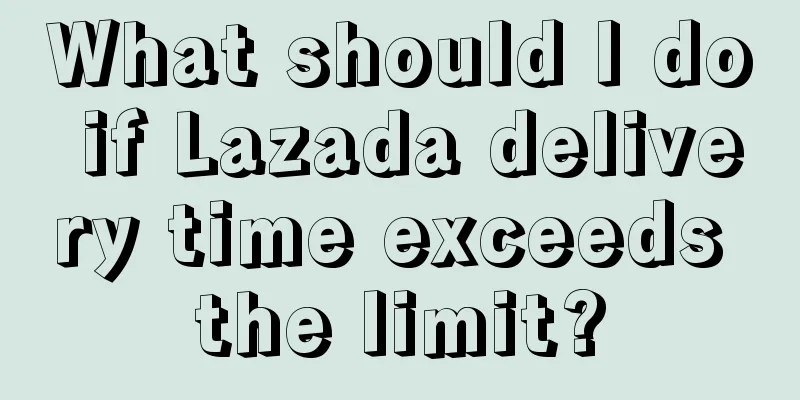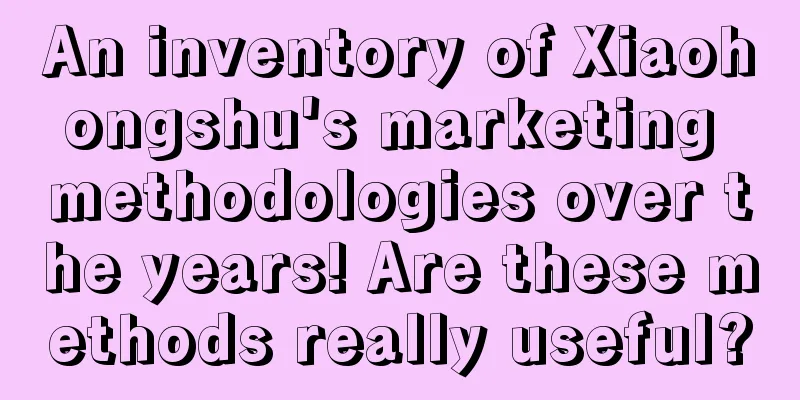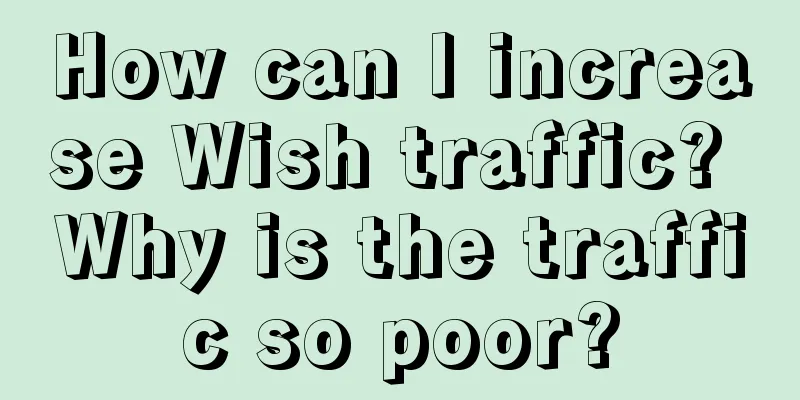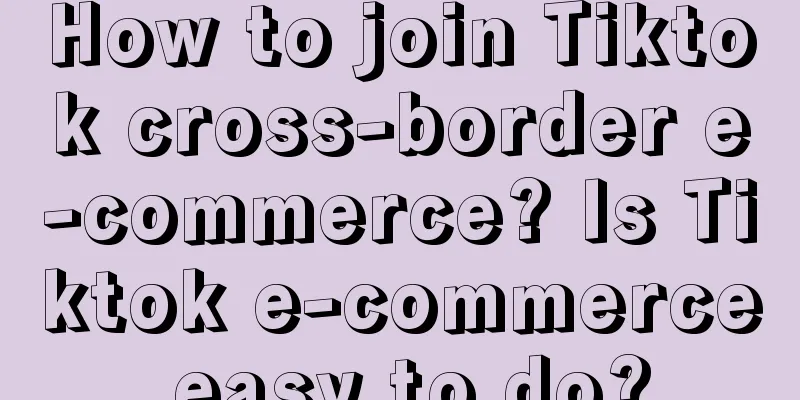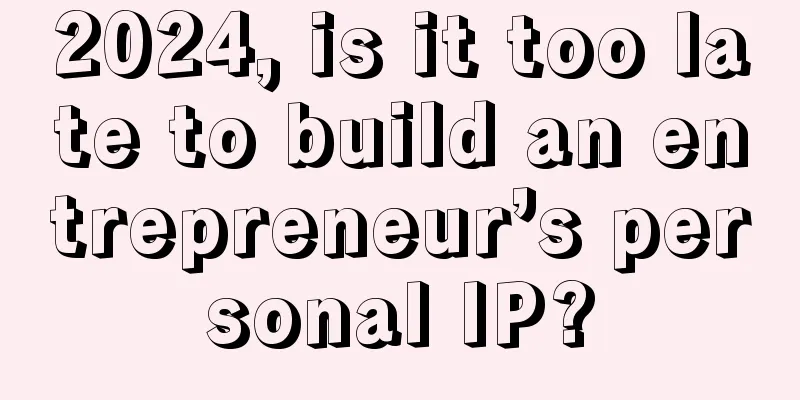A new generation of Olympic marketing has been born

These days, I have clearly felt that this year's Paris Olympics is completely exciting. Yesterday, Zheng Qinwen won the women's singles tennis championship, and her friends circle cheered. Even I, an i person, couldn't help but post a status, shouting Go Queen Wen! Looking back at the women's table tennis match, I scrolled through dozens of Weibo posts, all of which were lamenting Chen Meng's victory and Sasha's narrow defeat. And two days ago, there was a famous proposal scene at the badminton awards ceremony. My inner OS: It turns out that a win-win life is a gold medal and a diamond ring... As I watched the Olympics, I thought: Great! It's rare to have such a big event that attracts the attention of the whole nation and becomes a hot topic. It's time for us marketers to show our talents! For this reason, I wrote an article last Friday analyzing why even well-known big brands still need to do Olympic marketing. At the end of the article, I mentioned that based on different consumer tasks, Olympic marketing can have two directions: If you want to spread the word and firmly establish your brand, you can do big advertising, such as sponsoring Olympic events, finding sports stars to endorse your products, and shooting Olympic-themed blockbusters. If you want to make a big difference with a small investment and care more about your brand’s popularity, you should actually do interactive marketing. For example, you can directly interact with netizens by using some popular Olympic memes to gain exposure. The concept of interactive marketing comes from a conversation between me and the famous professor Zhou Hongqi. Professor Zhou mentioned that one of the keys to Marketing 3.0 is DTC (Direct To Consumer). But DTC not only refers to sales directly to consumers, but also a mechanism for direct interaction with users. Therefore, I define marketing that directly reaches users, directly obtains user feedback, and even co-creates with them as interactive marketing. Many people ask me that big advertising is already very common, not only is it expensive, but it is also difficult to differentiate. But I have rarely heard of interactive marketing. How does it work? Are there any case studies? After I did some research, I found that there are indeed brands worth copying, such as Yili. During the Olympics, it relied on hot topics and interactive content to defeat most marketing cases and easily became popular. 01 New idea of Olympic marketing: stand out with contrastThink back, what is your impression of Olympic marketing? I guess it could be something like this: On the eve of the opening of the Paris Olympics, Nike launched its brand campaign "Not everyone can be the winner." It not only invited well-known athletes to appear in short films, but also made posters with their declarations, fully explaining what "determination to win" means. Although I think Nike's actions are a bit tense compared to the relaxed Paris Olympics, this firm attitude also makes people feel its brand core. In last month's poster, tennis player Zheng Qinwen said, "The only souvenir I want to take away from Paris is the medal." Yesterday, Zheng Qinwen won the championship, and Nike posted, "A thousand words are all in this Paris souvenir." This back and forth is a bit touching. However, what I never expected was that Olympic marketing could be played like this: Before the opening of the Olympics this year, some sharp-eyed netizens discovered that the Paris Olympics logo actually looked like Luyu. Even the big shot Zhou Hongyi couldn't help but say, "When I saw this icon, all I could think of was Chen Luyu." Originally, everyone just thought this joke was interesting and discussed it for fun. Unexpectedly, Yili, who knows how to make fun of others, invited Lu Yu to come out. Netizens' inner thoughts: Let's play, who can play better than you? As the official dairy product of the Chinese sports delegation at the 2024 Olympic Games, Yili first announced Lu Yu as the Paris Games ambassador and invited her to watch the games. Then, it filmed a magical video: Before picking up the phone, when I heard that my face resembled the Paris Olympics logo, Ms. Lu Yu said, "Really? I don't believe it." After picking up the phone and seeing the comparison picture, Teacher Lu Yu said that once you accept this setting, you can never go back. Even foreign friends who meet Teacher Lu Yu by chance have to mention Lu Yu, the Paris Olympic logo, and Yili sponsorship. I have to say that this marketing campaign puts Yili in sharp contrast with other brands: While others look for celebrities to endorse their products, it invited Lu Yu to watch the game live. While others are shooting big commercials, it is using the "Lu Yu look-alike" joke to shoot a magical short film. While others are adding value, it is happily interacting with netizens, saying "Really? I don't believe it"... In other words, while other brands are still playing the mind card and focusing on a sense of luxury, Yili did not play by the rules at all and successfully attracted everyone's attention by relying on the sense of contrast. 02 Playing with memes is just a method, teasing is the purposeAfter talking about Yili, let’s go back to the question at the beginning: How to play interactive marketing? Professor Zhou Hongqi’s answer to me is that brands must learn to arouse consumers and interact happily with everyone. I think Yili not only understands interactive marketing, but also cleverly finds the right method - connecting with and playing with memes. In the context of the Internet, memes are a special language used by young people to communicate. They are easy to understand, funny, and often make something or someone popular. In this Olympic marketing, Yili first quickly picked up the joke. After discovering the "Lu Yu face-to-face joke", it immediately found Lu Yu herself; and then played the joke seriously, and derived a magical advertisement based on the existing settings. It was in this process that marketing changed from a one-way output of the brand to a two-way interaction between the brand and the user. And one joke is not enough. Yili will follow up with whatever joke Paris has. Netizens have discovered that the track in Paris and the clothes of Junior Brother Sha clash in color. So these days, Yili quickly invited Liu Dagang, who plays Junior Brother Sha, to serve as Yili Paris Fashion Ambassador. Similarly, in the subsequent magical short films, Junior Brother Sha kept coming up with new memes, "The sand that misses you is still blowing towards Paris", "Dream purple, Paris purple, it looks like the absolute purple on me". Under the Weibo post, netizens commented, "The Paris stadium is already full of Junior Brother Sha". Seeing this, I can’t help but want to agree that once you accept this setting, there is really no going back. Finally, Yili found that just playing with memes was not enough, and it had to continue to break through the circle. After all, it was useless to just tease young people, as the Olympics was a major event that the whole nation was paying attention to. Yili's approach is very smart. It not only interacts and co-creates with young people, but also connects to a wider range of people through more channels. As far as I know, this time, the magical short film by Lu Yu and Sha Shidi has triggered fermentation in multiple circles of media with its strong sense of contrast. We may play with memes, but the connection between the Yili brand and the Paris Olympics has not only not faded, but has become even deeper. 03 To do marketing, you must make friends with usersIf we think about problems from the perspective of inertia, the answers we get will always be the mediocre majority. Yili gave me a lot of new inspirations in this Olympic marketing. I think that whether you are a blogger or a brand, you can learn from Yili - find the memes that users like (actually, they hit the users' points), create content with users, and finally increase the firepower to ignite it. For brands, marketing means making friends with users. Every time the Olympics comes, some people will categorize brands into different levels - such as high-end brands, affordable brands, and brands with money and brands without money. It seems that those noble brands with sufficient budgets can float in the sky and only do big advertising, while those popular brands or brands with insufficient budgets bend down and play with users. But at the moment, I don’t think any brand can sit on the pedestal. Every brand needs to make friends with users and be down-to-earth. Just like Yili, it has both advertising blockbusters such as "Come on China" and "Pioneer", as well as interesting interactions such as "Lu Yu" and "Sha Shidi". So I suggest that everyone should "tease" users and find their own opportunities to stand out. At the same time, I also believe that the wave of interactive marketing has just begun! It is not a one-time marketing campaign, but a long-term mechanism of trickle flow. Author | Xia Xia |
<<: AI tools have not yet been used for short dramas
>>: What is lifestyle e-commerce?
Recommend
Confessions of a Travel Blogger
As a travel blogger, I always have to accept criti...
Taobao's new rules are officially implemented, some are happy and some are sad?
The "loosening" of Taobao's new rule...
Why is Amazon not delivering orders? What can I do?
Now more and more merchants are opening stores on ...
The fate of Xiao Yangge and Dong Yuhui
The transformation of the live streaming e-commerc...
Where is the Amazon tracking number? How to edit the Amazon tracking number?
In fact, the Amazon tracking code is similar to th...
Ask and I'll give you some money
Recently, the "Wenyiwen Creation Profit Plan&...
Entrepreneurship has been repeatedly frustrated, and the pain point lies in growth
Based on the experience of entrepreneurs, this art...
New adjustment: WeChat stores continue to highlight "sending gifts"
As the Spring Festival approaches, WeChat Store ha...
These 3 brands spent over a million on Xiaohongshu! Why did they disappear again?
Why did the brands that were popular on Xiaohongsh...
How to set up free shipping on Shopee? What is the method?
Merchants who open a store on Shopee need to under...
Changing your name can change your brand's fate
This article uses different brand name change case...
Without WeChat and price war, how did Luckin Coffee expand into Southeast Asia?
In the Southeast Asian market, Luckin Coffee did n...
What should I do if my Amazon peers maliciously leave me a bad review? How to deal with it?
Amazon merchants all know the importance of store ...
Introduction to employment directions and prospects of cross-border e-commerce. How is the development of cross-border e-commerce?
The current development of cross-border e-commerce...
What does an Amazon packing slip mean? What are the requirements?
Amazon's cross-border e-commerce platform is d...

